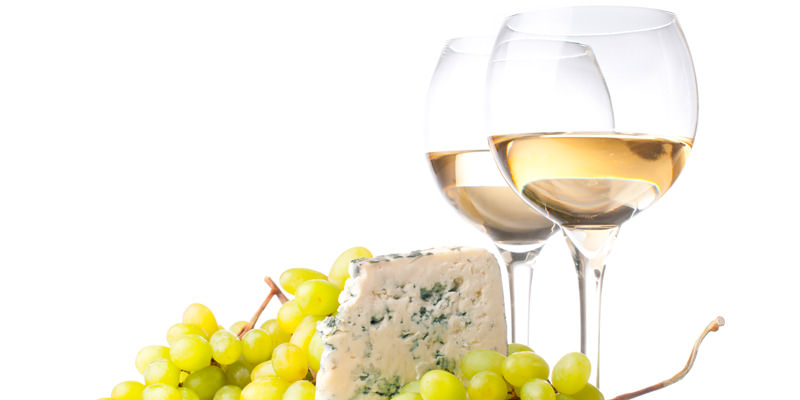Moscato is one of those poor wines whose reputation has been undeservedly tarnished by many, many bad copy-cats. There’s Nicki Minaj’s Myx Fusions, a “fruit-infused moscato beverage,” whatever that means, and many cheap bulk wines made in California offer some kind of “moscato”; but neither of these versions come close to the deliciousness of authentic Moscato, from Piedmont in Northern Italy.
The original, traditionally made Moscato d’Asti is not overpoweringly sweet, although it is a wine made with residual sugar from late-harvested grapes. Piedmont’s mountainous climate preserves the acidity of the grapes, so that the wine’s sweetness is part of a balanced flavor profile, rather than being dominant. Moscato is made from the Muscat grape, which has a beautiful aromatic bouquet of peaches and white flowers, and it is bottled with a little bit of carbon dioxide still in the wine, producing a lightly fizzy, frizzante juice that is great as an aperitivo or post-prandial. It’s an elegant wine that deserves a proper comeback, beyond the trendy bottled versions that are not the real thing, at all.
In my experience, one of the most amazing flavor combinations out there is a good Moscato with blue cheese. The sweetness of the wine enters into perfect harmony with the salty funk of the moldy cheese, and it’s an ideal pairing as dessert after a great meal (although there are some people who have strong aversions to blue cheese, so check with your guests first to be safe). Serve the Moscato chilled and the blue cheese room temperature. One benefit of Moscato’s sweetness is that it’s also naturally low in alcohol (about 5.5%), so you won’t get slammed with high alcohol at the end of a night where you’ve already probably had a few glasses.
Here are just a few great Moscato d’Asti bottles to look for. You’ll be amazed at how much they deliver for such a low price: intoxicating aroma, satisfying sweetness, refreshing bubbles, and a perfect wine for stinky blue cheese, or spicy Asian foods:
It’s fairly obvious that blue cheese is called as such because of the veiny blue-gray streaks or spots throughout the cheese. These come from an injection of a common culinary mold called Penicillium, which lends a tangy flavor to the otherwise mild, salty, semi-firm cheese. The most well known blue cheeses would have to be Roquefort, made from sheep’s milk in Southern France and aged in historic, natural caves; Gorzonzola, made in Italy from cow’s milk; and Stilton, made in England from cow’s milk. They are all wonderful, but if you have a great cheese shop near you, you might be able to try some of these more quirky options:
- Jasper Hill, Bayley Hazen (Vermont) – from the award-winning creamery, their very popular raw milk blue cheese
- Dunbarton Blue (Wisconsin) – firm, blue-veined cheddar style, very unique
- Chiriboga Blue (Germany) – an Ecuadorian man making artisanal cheeses in the Bavarian Alps; this one is deliciously pungent
Toss a few almonds and dried apricots on the plate alongside the cheese, if you wish. Enjoy this wonderful pairing as a satisfying end to a dinner!

